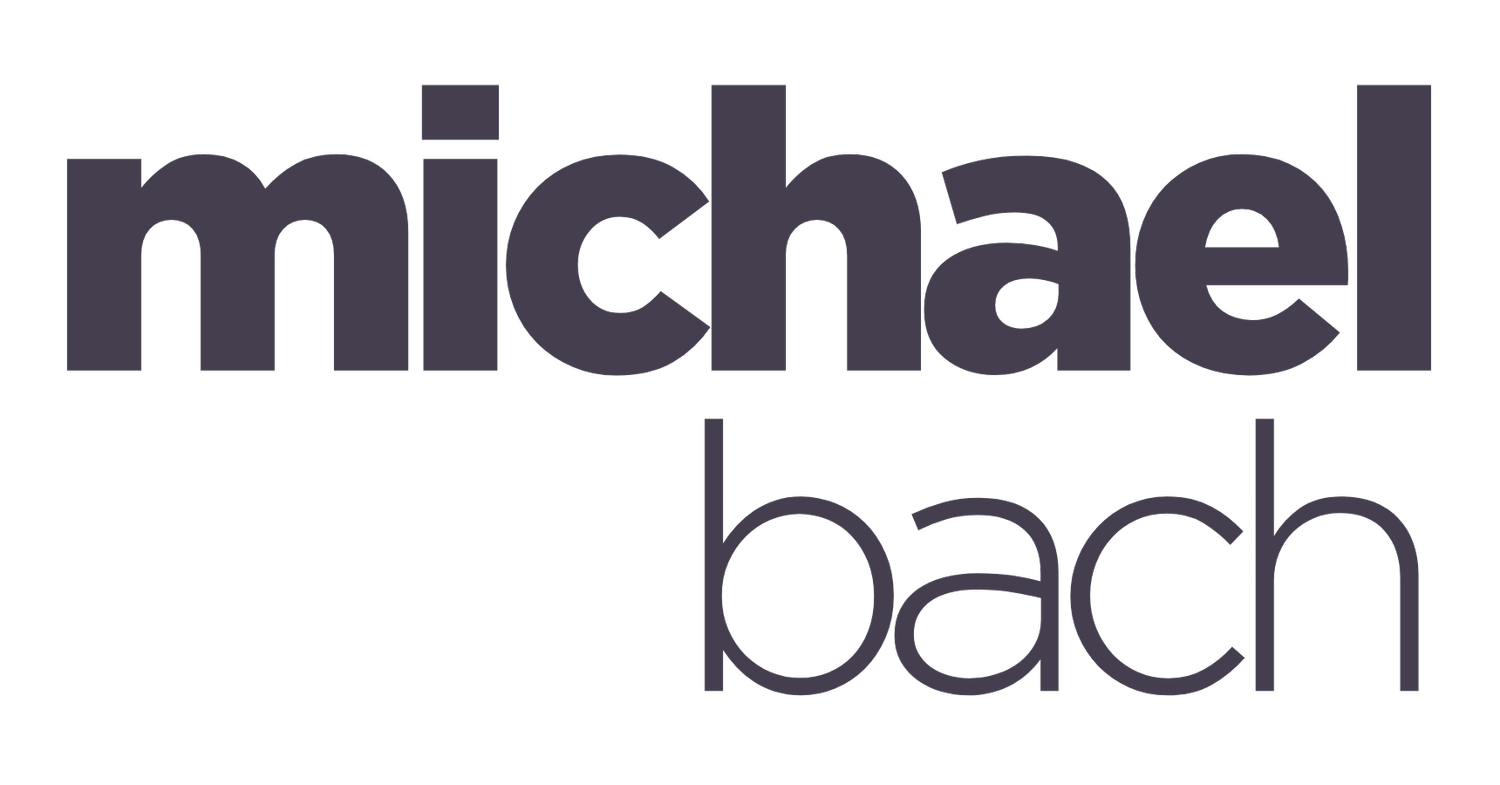Making a Shift in the Workplace Culture
My goal in helping organizations make IDEA (inclusion, diversity, equity, accessibility) part of the DNA of their business practices is to move away from the mindset of it being a “program” to making an actual culture shift. I teach with the understanding that a program addresses a symptom of a problem, but a culture shift addresses the source of the problem.
We begin by leveraging information and facts to help clients understand the real impact of inaction. For example, what is a lack of IDEA focus costing them in areas like voluntary turnover and impact on productivity? There is a cost, and that cost can be quite significant. For a visual representation of how organizations are losing money by not being LGBTQ2+ inclusive, I created a training video, “Will and Ned’s Excellent Adventure: The Cost of the Closet”, that helps articulate what that cost may be.
When organizations realize there is a positive benefit to their business to implementing IDEA into the framework of their business structure, there is a process we follow:
First, we gather a lot of data: conducting interviews and focus groups, running a diversity census and inclusion survey, and reviewing policies and procedures. We need to gather as much data as we can to be able to assess where an organization is on their IDEA journey.
From that data we provide an assessment report that identifies the challenges that we have found. That leads to a process of taking the client through the development of a strategy to address some of the identified challenges. This does not mean the strategy will address ALL of the identified challenges. We focus only on the most pressing ones because there is always a limitation of time, money and resources. On top of that, this is a change management exercise and organizations can only absorb so much change at one time.
From there, we work with the client to implement changes that aim to address their identified challenges.
In order for these practices to be successful and sustainable, there are two critical success factors: the cooperation of leadership and open communication. Without these two pieces in place, it is unlikely an organization will be able to have the desired impact.
The most important step is that the leaders not only buy into the practices, but also take ownership of the success. If your leaders do not care, then you have failed before you have taken your first step. They need to understand why a focus on IDEA is critically important, and then take responsibility for ensuring its success. That is not to say they are the only ones doing the work – but as the saying goes “What’s important to my boss is important to me.” If leadership is seen as driving the change, then the rest of the organization will get behind them.
The second aspect is communication in the organization. You need to ensure that you are communicating sufficiently about why the change matters, and the progress you’ve made. That means regular, ongoing communication. Simply put, you cannot over communicate about inclusion, diversity, equity and accessibility. This is a tenant of change management. You need to communicate, communicate, and then communicate some more.
Our approach at CCDI Consulting is that we are trusted advisors for our clients and provide ongoing support. This includes conducting follow-up inclusivity assessments and determining if the initiatives put into practice are working.
A recent success story came from working with a large pharmaceutical company that recognized a positive impact in workplace culture as a result of the inclusive practices they implemented. We see positive outcomes from many of our clients who are committed to making IDEA a priority in their organizations. These stories are featured on the website of the Canadian Centre for Diversity and Inclusion, and have been written to share and celebrate the important strides clients have made.
The organizations that see the biggest outcomes and successes are the ones who complete the process, find the strategy that works best for them, and are continuously evaluating their practices and measuring the impact. What works for one organization may not be effective for another. The strategies will be different for each organization and depend on the size of the organization, identified objectives, and information collected from our initial data collection. Visit the CCDI Consulting website to learn more about how your organization can shift the workplace culture and benefit from implementing IDEA.
